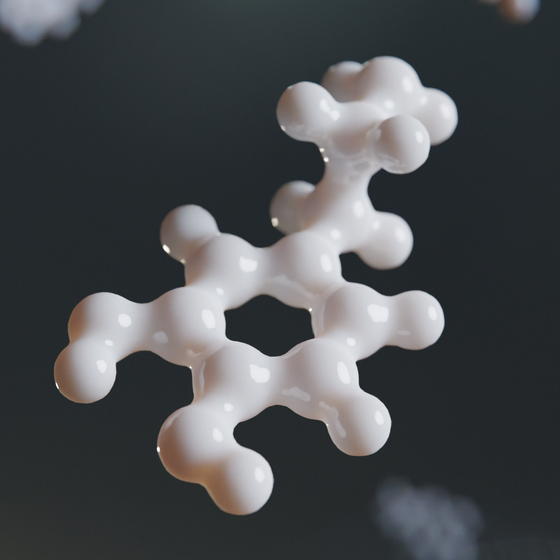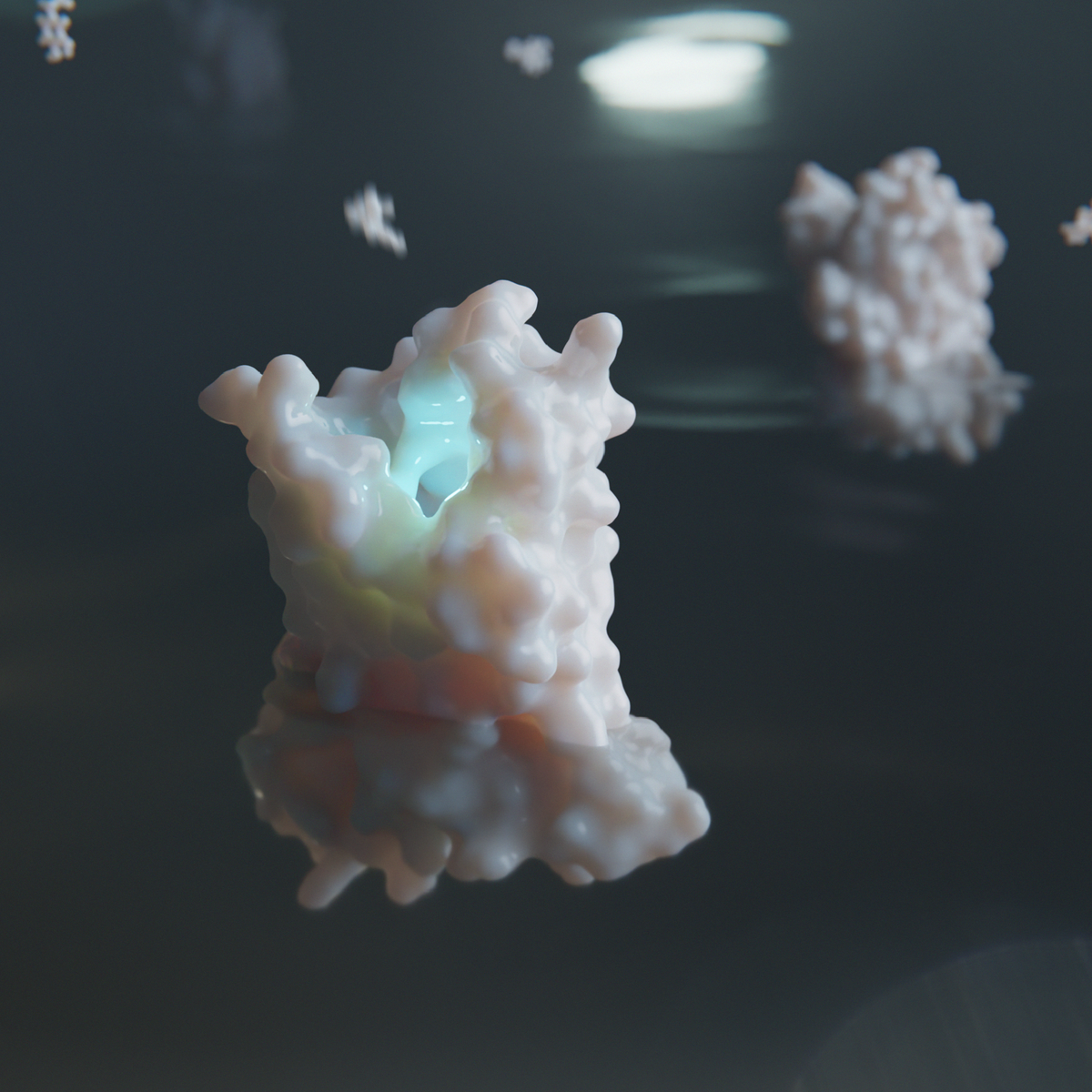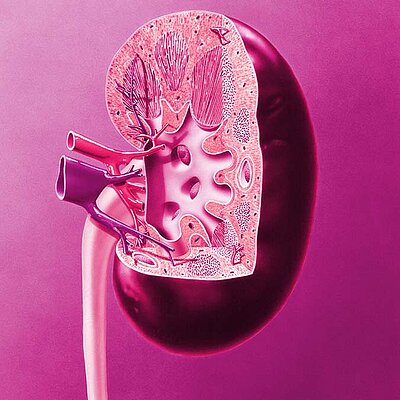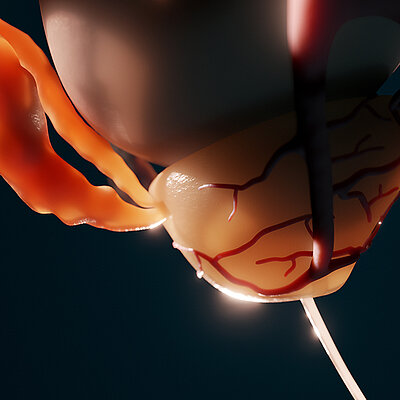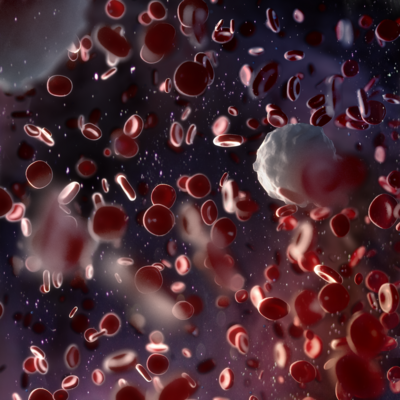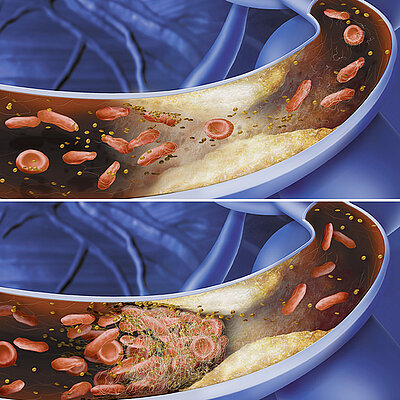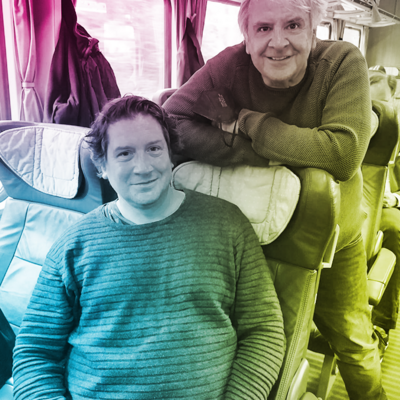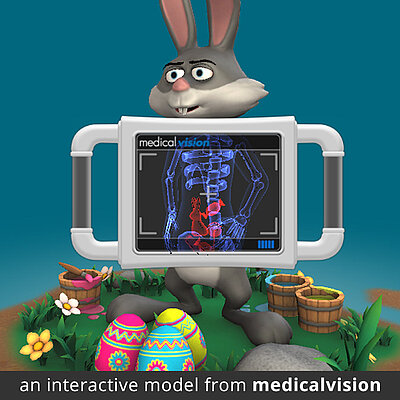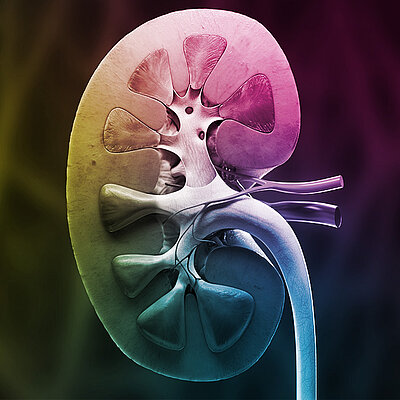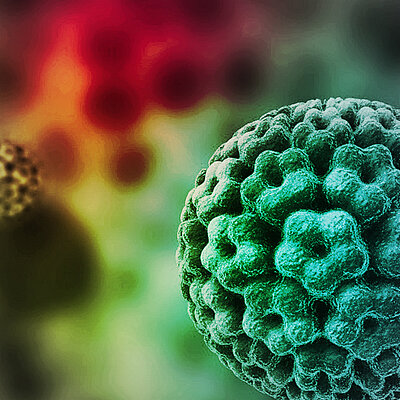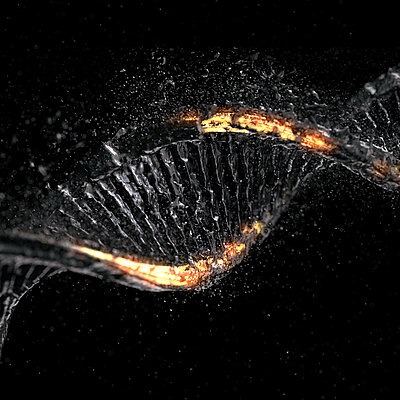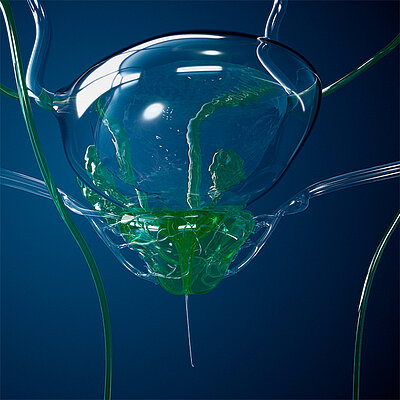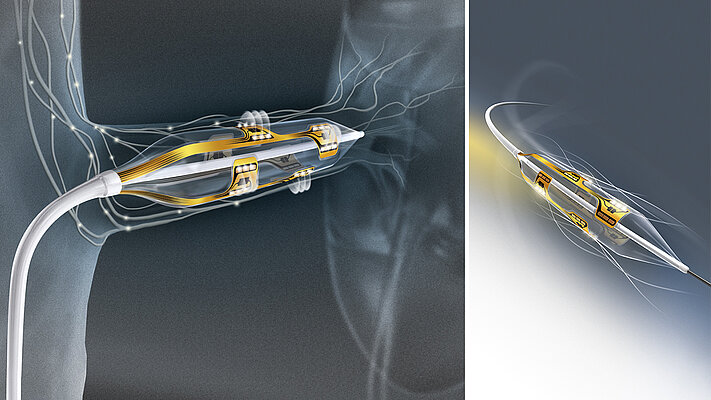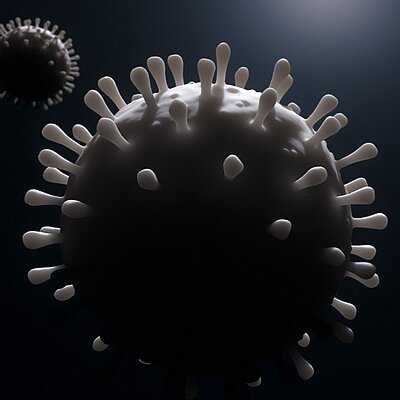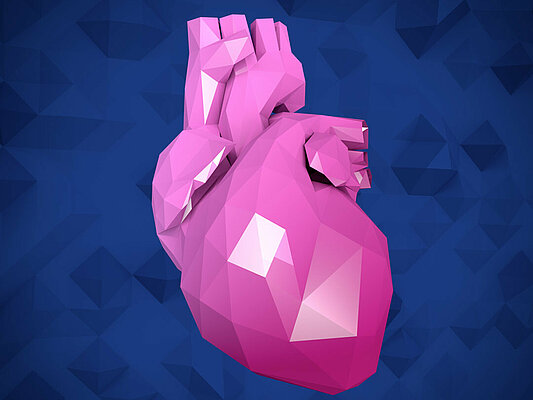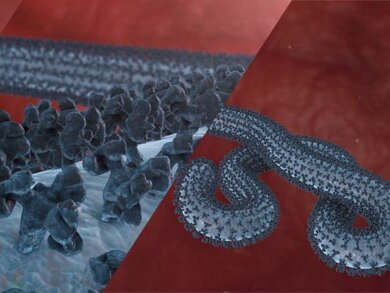Our emotions, thoughts, and even motor reactions are based on the communication between nerve cells (the neurons). In our brain, nerve impulses are transmitted within a network of around 100 billion neurons to continually process thousands of pieces of information, coordinate processes, and initiate activities. Dopamine acts as a messenger (neurotransmitter) that modulates activity in specific areas of the brain.
WHAT IS DOPAMINE?
Dopamine is known as the "happiness neurotransmitter" because it is typically released within an internal reward system and contributes to well-being when a goal is achieved. This positive reaction helps ensure that successful situations are repeated: As a result, Dopamine is our long-term motivator among hormones - and it operates on the principle of pleasure. That may sound good, bu therein lies the danger: Dopamine release can lead some people to become addicted to things because they want to continually boost this feeling of happiness. And serious health problems arise when too much or too little dopamine is in our systems. An excess of the hormone can cause even trivial things and situations to become overly meaningful - leading to hallucinations or even schizophrenia. If too few dopamine molecules are released in general, Parkinson's disease can develop.
HOW DOES SIGNAL TRANSMISSION WORK?
Dopamine is stored in vesicles (located within cells) in synapses. When an electrical impulse reaches the nerve cell, dopamine is released from the vesicles into the synaptic cleft (the space between two neurons) and diffuses with the now chemical signal from the sender cell (presynaptic cell) to the receiver cell (postsynaptic cell). There, it binds to appropriate receptors according to the lock-and-key principle, thereby transmitting the signal to the next nerve cell. Subsequently, the dopamine messenger is broken down or transported back to the sender cell by transport molecules.
WHAT IS DOPAMINE’S FUNCTION?
Dopaminergic neuron groups located in the midbrain (substantia nigra) are responsible, among other things, for the initiation and coordination of motor movements. Degeneration of these cells leads to the neurodegenerative condition known as Parkinson's disease. Also located in the midbrain is the mesolimbic system - also referred to as the "positive reward system." Here, dopamine serves as a trigger for feelings of happiness: Dopamine release accompanies pleasant experiences, such as enjoying a good meal, seeing loved ones, or engaging in positive feeling actions. These feelings of happiness positively reinforce behaviors, and so we learn to repeat them.
MOTIVATION IS EVERYTHING
However, dopamine already exerts a significant effect on our well-being before the reward system is activated - in motivation. Just the prospect of success activates the reward system in the brain, leading to increased dopamine release and making us more motivated to pursue a (positive feeling) goal. In 2016, Dr. Arif A. Hamid, Assistant Professor of Neuroscience at the University of Minnesota, and Dr. Joshua Berke, Professor of Neurology at the University of California, found that dopamine levels continuously signal how likely a current situation is to lead to recognition. This allows for decisions about how hard to work for a goal (Nat Neurosci. 2016 Jan;19(1):117-26.doi: 10.1038/nn.4173. Epub 2015 Nov 23.). And as early as 2009, researcher Mark E. Bardgett conducted an experiment with rats, demonstrating that rats with low dopamine levels chose the easier task of two, even if it was less likely to succeed: he placed food in a maze at the end of one corridor and double the amount behind a fence at the other end. Rats with low dopamine levels took the easier path and received less food, while those with normal levels tried to jump over the fence to get twice as much food (Behav Neurosci. 2009 Apr;123(2):242-51.doi: 10.1037/a0014625.). The motivation to behave in a certain way arises not only from successes. Failures, fear, and negative experiences can also contribute – as long as there is a high probability of achieving some kind of goal.

